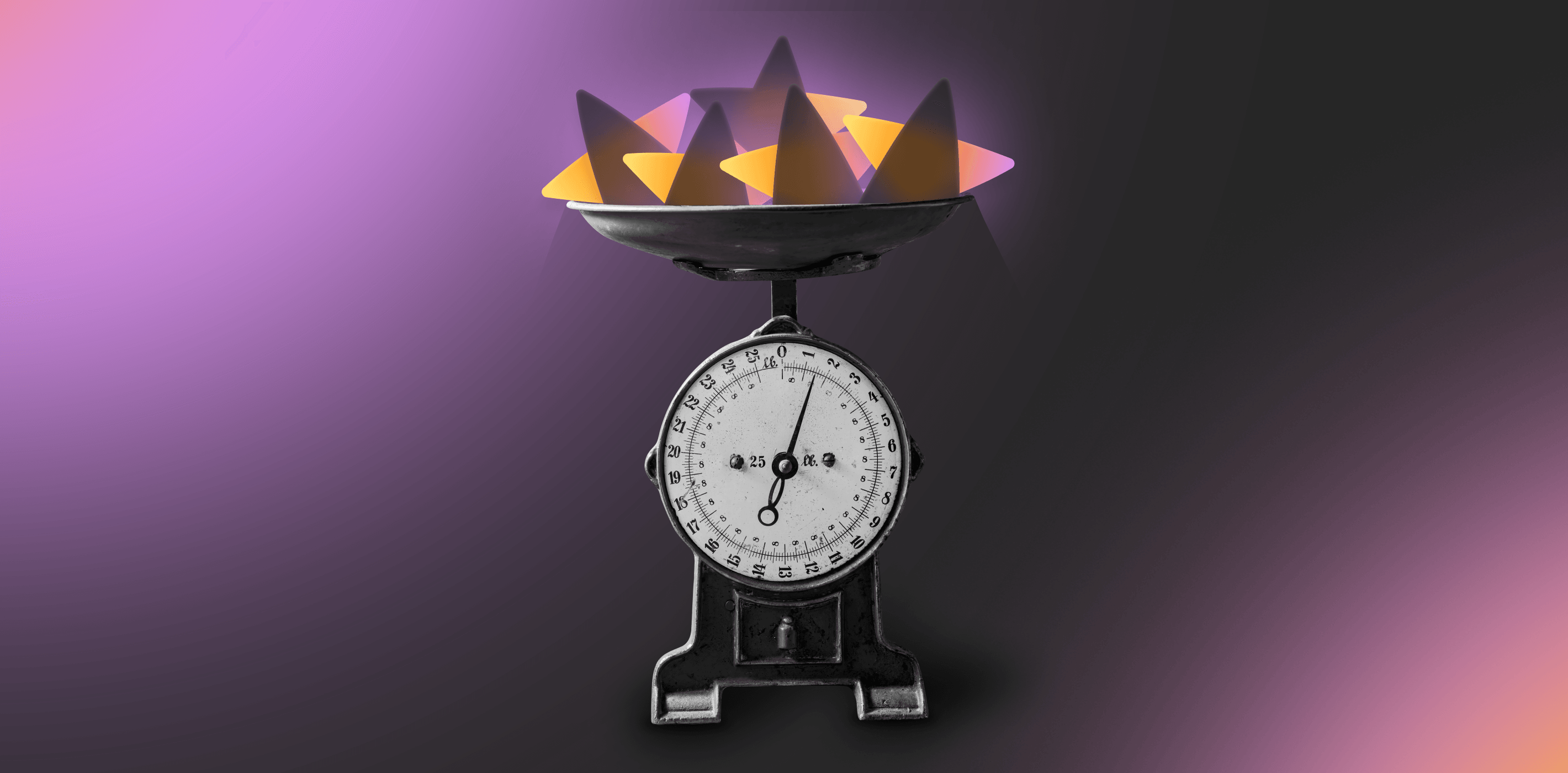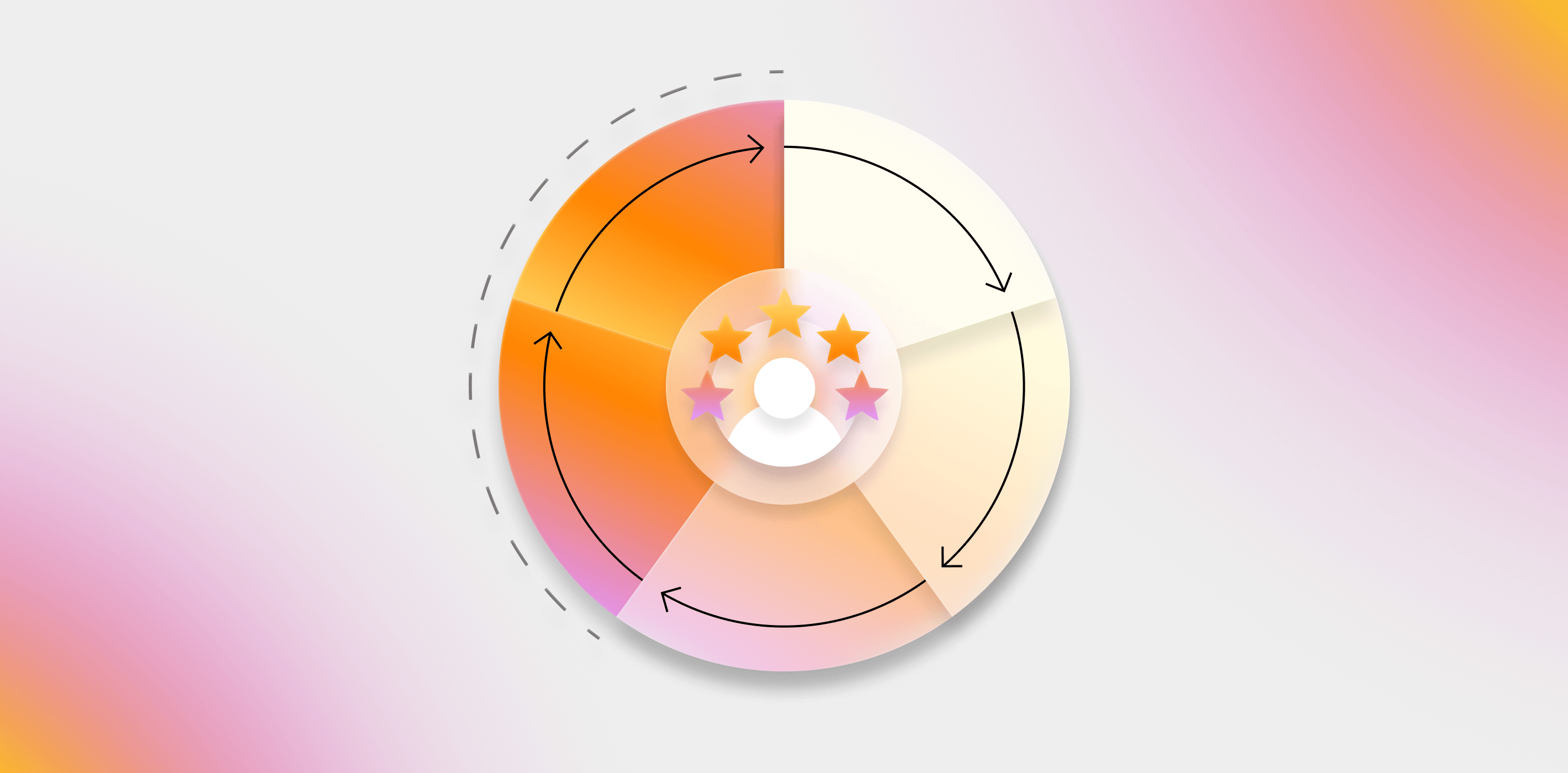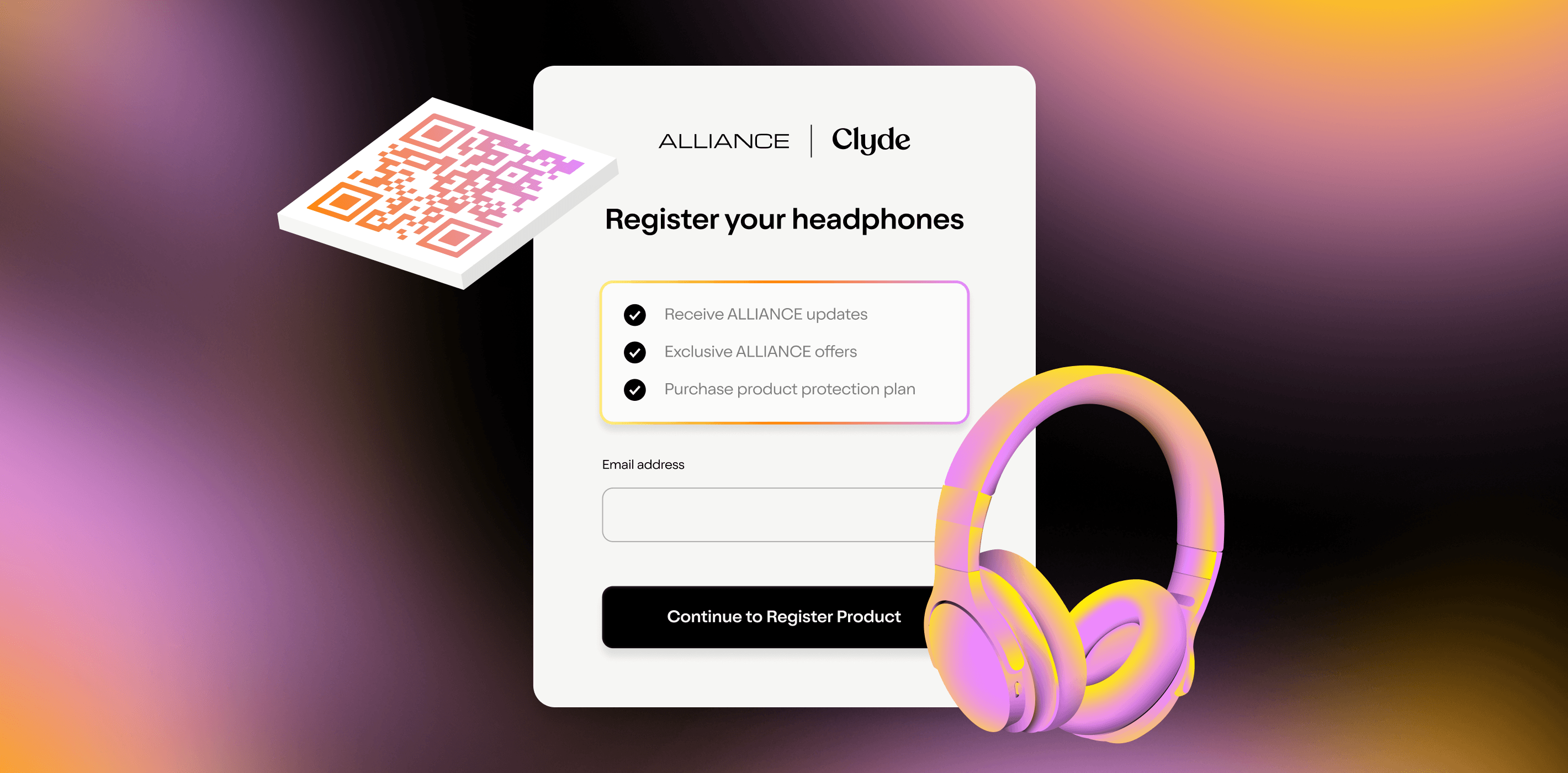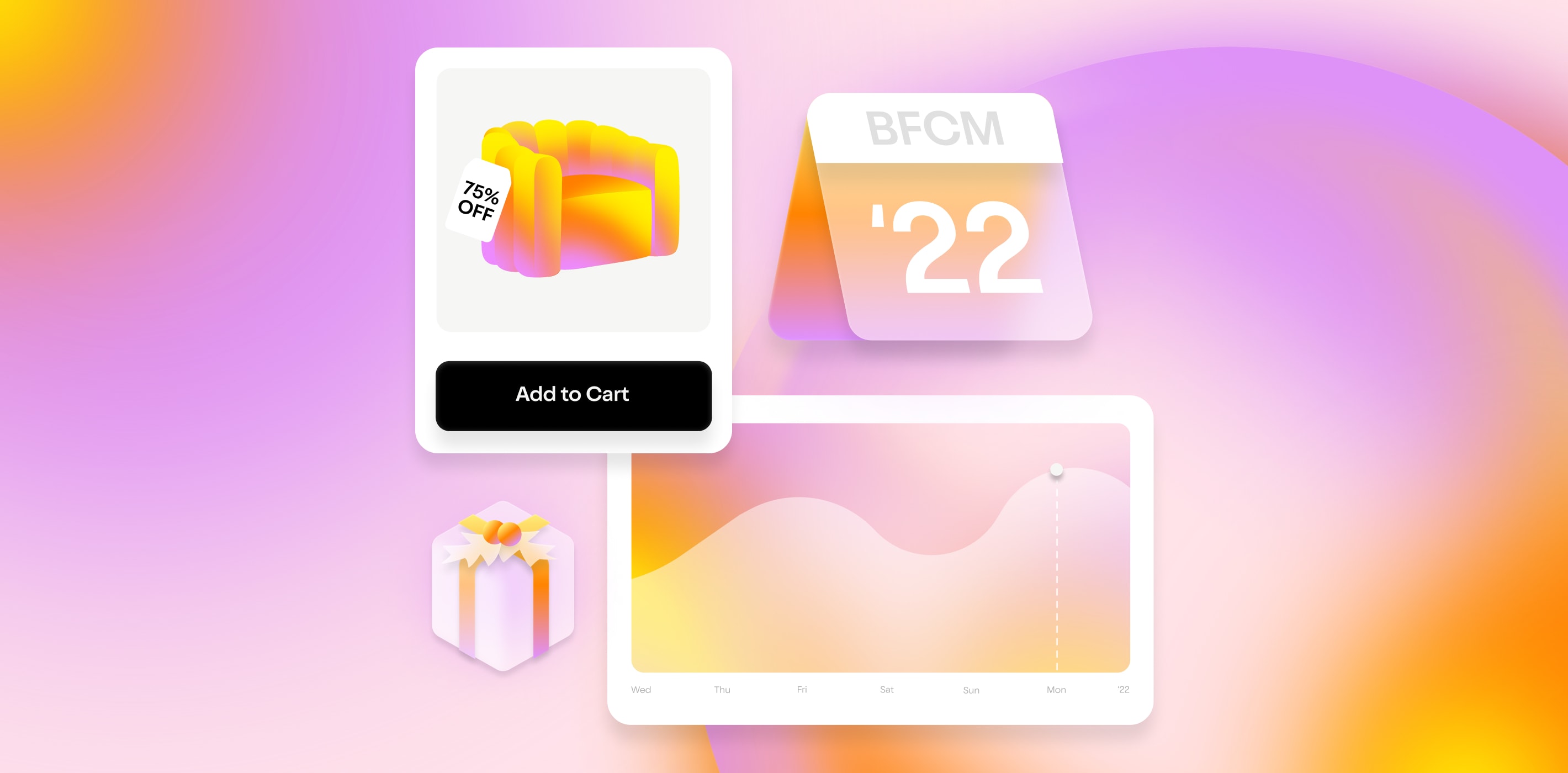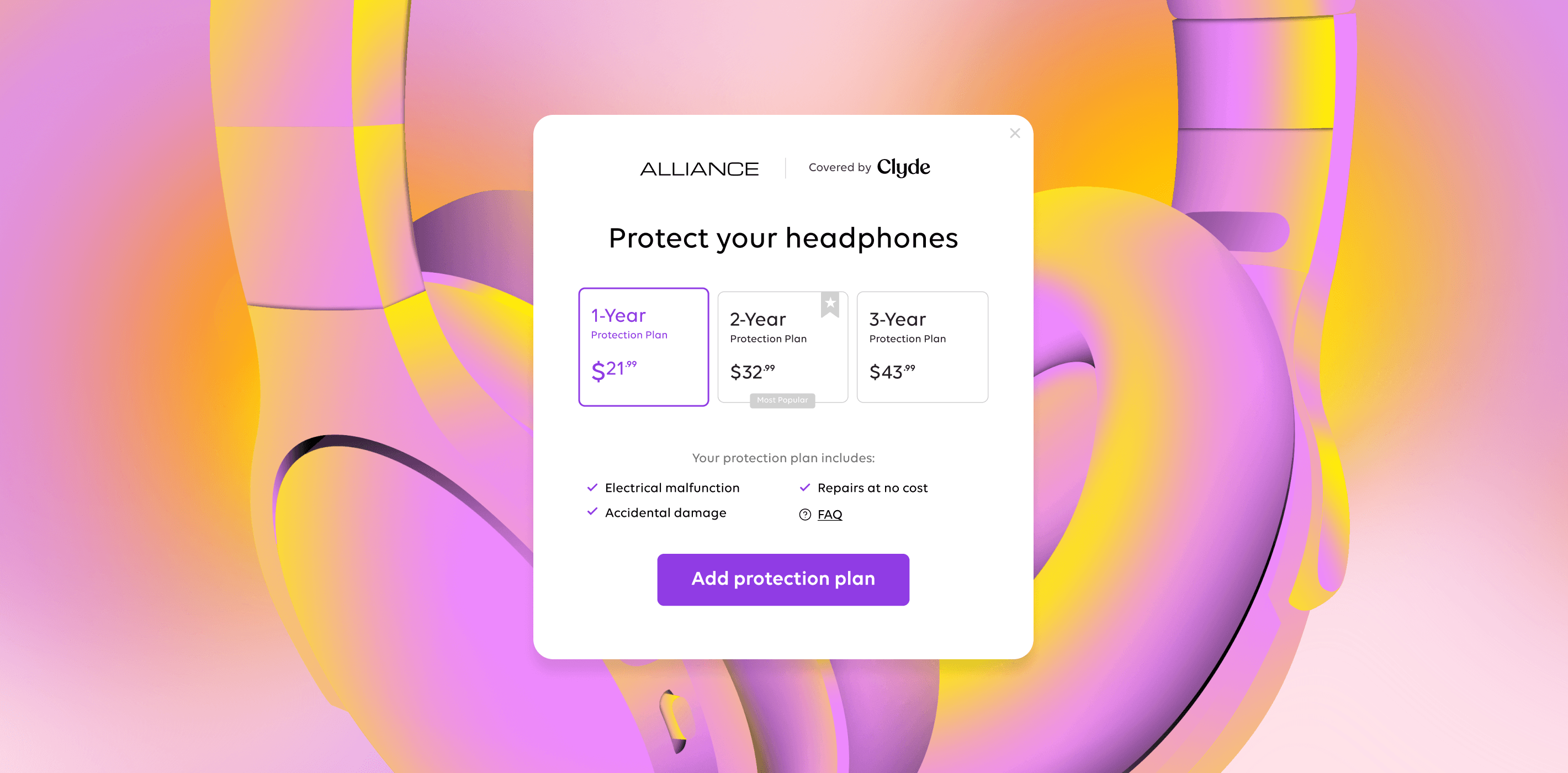Revenue and profit are cornerstone business metrics, but they aren’t the only determinants that make a brand “valuable” to customers. Other indicators can round out your understanding of customer value.
The current economy is making consumers pickier than ever. They are price-sensitive, desire convenience, and want loyalty rewarded . As much as a business might want its product to be the driving force behind a purchase, it isn’t the only factor consumers consider when choosing a brand. They want brands that make the experience of buying and owning a product compelling .
While it can be tempting to look at dollars and cents and calculate your customer value from there, doing so ignores how customer experience, brand reputation, and time invested can contribute to higher customer value. Understanding customer value lets you provide customers with the value they crave (and that will ultimately impact your margins).
How do customers think about customer value?
Value, particularly customer value, is all about perspective. Traditionally, business leaders could look at customer value as a way to gauge the worth of a company’s products or services versus other alternatives, with issues like buyer’s remorse creeping in if customers aren’t finding the purchase valuable.
Customer value is heavily grounded in experience. More than 70% of shoppers factor good experiences into their purchase decisions, just behind product and price. On top of that, 65% of shoppers find positive experiences more influential than advertising. Experiences that contribute to higher customer value can show up in several ways: a company’s ability to innovate, a positive customer experience, ease of onboarding or installing a product, and recognition for loyalty.
Understanding customer value provides an effective way to improve the customer experience and your customer lifetime value (CLV). So, what metrics can provide insight into your customer value without considering revenue or profit?
1. Creativity
Creativity is a cornerstone of innovation. While it doesn’t guarantee innovation or growth, having creative people and a culture that promotes creativity is necessary to innovate. Sixty-six percent of consumers expect companies to understand (and meet!) their needs and expectations, and creative thinking is an essential way to meet those expectations.
A “good” customer experience will change depending on personal preferences, market forces, and the product itself. So an agile environment where people can approach CX strategies creatively is vital to higher customer value.
When considering good experiences, creative innovation will also differ if a person is in-store or online. People shop in-store at Apple because they may enjoy the feeling of community an Apple store offers or the product interactivity it provides. At the same time, its online platform has made the post-purchase journey (particularly product protection ) simple and intuitive.
The first step when determining your ability to drive CLTV through creativity and innovation is to identify the type of innovation you partake in. Many companies fall into the trap of innovation theatre : investing in innovation activities that are splashy and attractive but do not lead to business impact. Rather than planning a hackathon or an innovation workshop consider this: what problem are you solving, and do you have a strategy that leads to tangible results? That’s where customer value is found.
2. Repeat Customer Rate
Are your customers taking a leaf out of Arnie’s book and saying, “I’ll be back”? Repeat customer rate (also known as repeat purchase rate) is a breeze to measure and a vital metric to help determine whether people find a brand or product valuable.
Data shows that the average repeat customer rate across online retailers sits at 28.2% (though that fluctuates across industries), meaning there is plenty of room for most businesses to find ways to increase customer value.
Repeat customer rate %: (return customers / total customers) x 100
While repeat customer rate ultimately speaks to revenue, it’s helpful to view this metric through the lens of how a customer may feel about your brand, as it also speaks to customer loyalty.
3. Program Participation Rate
There’s no ignoring it; people love customer loyalty programs . But are customers loving your loyalty program? Measuring the participation rate of loyalty programs (and similar initiatives) will help you glean insight into how bought in a customer is to your brand.
Simply calculating the percentage of people participating in your customer loyalty program compared to total customers will tell your program participation rate. Of course, the higher that percentage, the better.
Additionally, the more people you can encourage to participate in a loyalty program, the easier it is to improve customer lifetime value (and that you care) through program-specific add-ons, deeper personalization, and meaningful communication.
Want to learn more about how you can improve the value of your post-purchase programs? We discuss that here .
4. Customer Satisfaction
A satisfied customer base speaks directly to the value shoppers see in a business. These people will turn into return customers (if they aren’t already) and become advocates for your brand in the future (one of the reasons we think ownership enrichment is so essential).
There are several ways to measure satisfaction. A net promoter score (NPS) is one of the key ways to determine how a customer feels about your brand and the likelihood they will recommend it to family or friends. Social media and online reviews are another helpful way to glean customer sentiment.
And customer satisfaction speaks to more than perceived customer value. It can also speak to your brand reputation and CLV/LTV. Sixty-one percent of consumers will switch to a competing brand after one bad experience with a business.
These aren’t the only measures of a valuable customer experience, but they’re a practical way to create a holistic picture of the value your customers perceive when they’re considering their next big purchase.
Do you want to know the role of product protection in elevating your customer value? Reach out to us today to learn how.
SIGN UP FOR OUR NEWSLETTER
